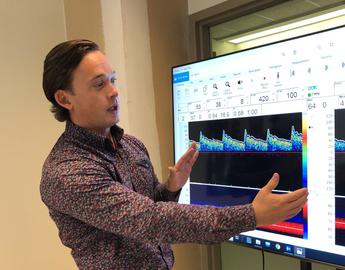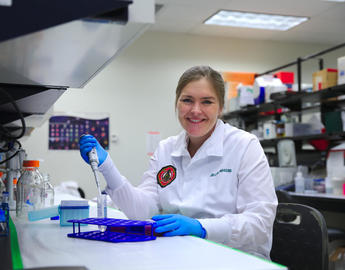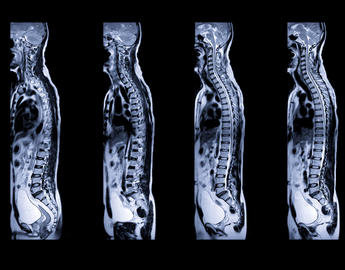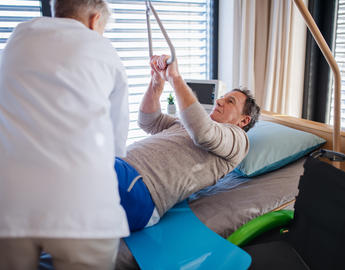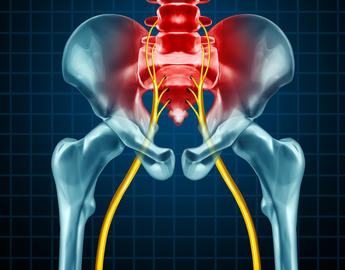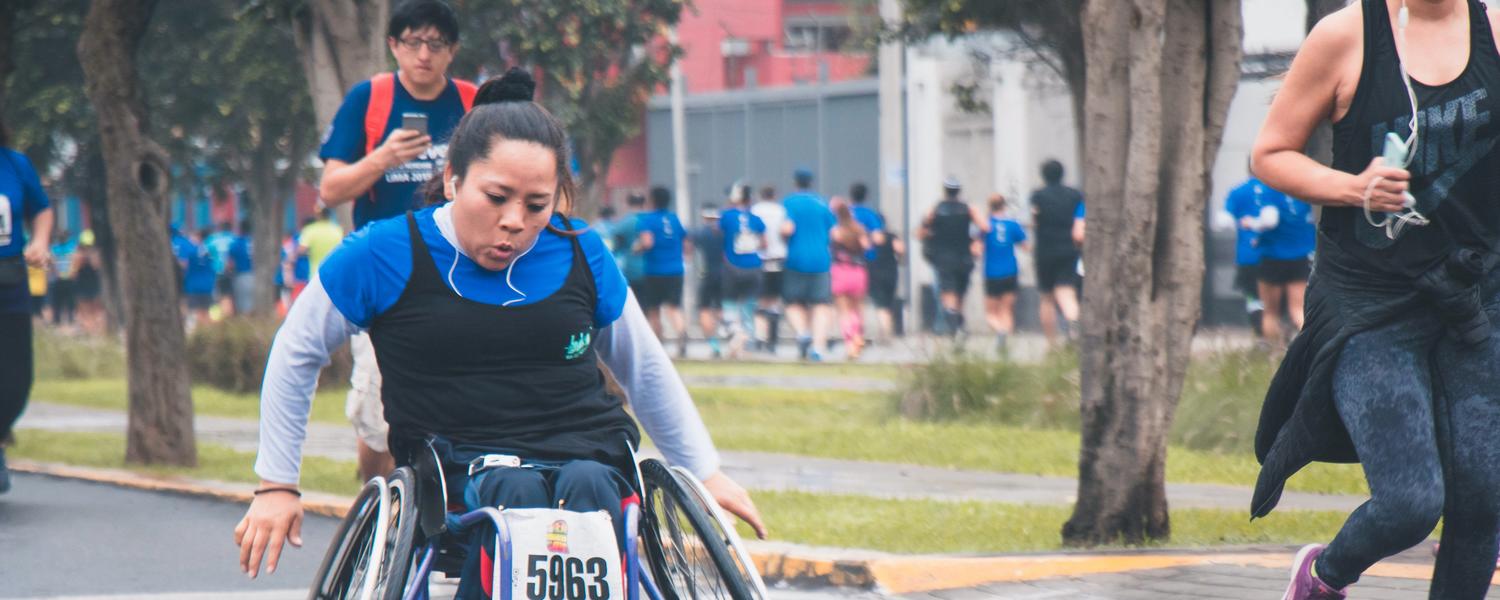What are Spinal Cord and Nerve Injuries?
Spinal cord and nerve injuries are often a consequence of accident or illness and therefore difficult to predict or prevent. These types of injuries often come with associated pain and complications. The spinal cord/nerve injury and pain (SCNIP) team at HBI is focused on managing chronic pain, accelerating rehabilitation and translating discoveries into treatments.
Individuals living with spinal cord and nerve injury often suffer permanent changes in strength, sensation and other body functions below the site of the injury. Mental and emotional health can often suffer in individuals living with spinal cord and nerve injury conditions.
If you would like to contribute to further research on causes and treatments of spinal cord and nerve injuries, and their associated pain and complications, please visit our donation page.
Quick Facts
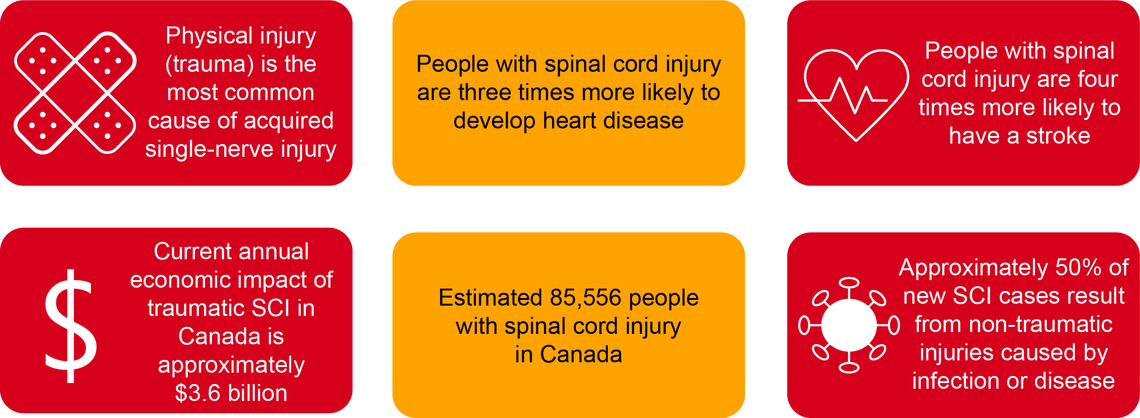
Research Highlights
- Macrophages regulate schwann cell maturation after nerve injury
The study demonstrates that after injury, macrophages function to clear debris and persist within the nerve microenvironment, showing a role for macrophages in regulating Schwann cell function during nerve regeneration. Read the full study in Cell Reports here. - Neuroprosthetic baroreflex controls haemodynamics after spinal cord injury
Epidural electrical stimulation (EES) of the spinal cord has been shown to compensate for interrupted supraspinal commands, including haemodynamics. Neuroprosthetic baroreflex’ controlled haemodynamics for extended periods of time in rodents, non-human primates and humans, after both acute and chronic spinal cord injury. Read the full article in Nature here. - Diverse cognitive impairment after spinal cord injury is associated with orthostatic hypotension symptom burden
This study showed that spinal cord injury impairs cognitive function. The team evaluated the associations between blood pressure instability and cognition, showing impaired cognition is associated with symptoms of low blood pressure. Read the full study in Science Direct Physiology and Behavior here.



